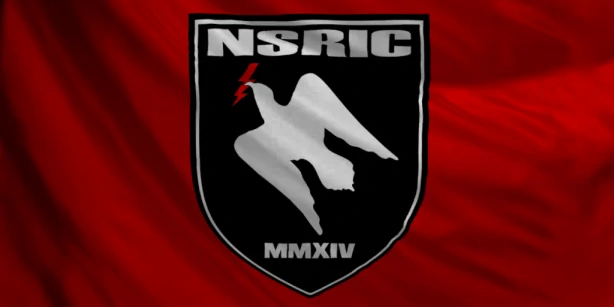If we can consider another option for aggressive use of soviet naval aviation may I suggest another route. What if the AVMF assets are more numerous and based in the multiple soviet military overseas bases around the ? This will give soviets unsinkable aircraft carriers around the major chokepoints of the world.
Apart from interdicting the NATO SLOC in open expanses of Pacific and Atlantic , it will enable them to achieve almost all their military objectives in event of a global war. And realistically with the resources available to them any carrier vs carrier battle in open ocean would just be a needless one sided slaughter anyway given the massive superiority USN has in that dept
Since 1939, when the Workers and Peasants Red Army established first garrisons in independent Baltic States, the Soviet Union began rapid military expansion outside of its borders.

www.numbers-stations.com
So every such base could have an airgroup equivalent to a carrier air group , including fighters, bombers and strike planes all under AVMF command. Their goal could be
1 Disrupt maritime activity in all chokepoints around Eurasia and Africa
2 Outer line of defence of USSR against NATO naval forces
3 Sanctuary for Soviet submarines
4 Bolster the airforces of the host nation in case of global conflict
Lets say at the peak of their influence in late 70s and early 80s we can have bases at
Guinea
Angola
South Yemen
Libya
Syria
India
Vietnam
Madagascar
North Korea [possibly]
equivalent to 8 Carrier groups worldwide, each groups could include
1 unit of recon/tanker/ASW planes
1 regiment of FLagon/FIshbed fighter
1 regiment of Fishbed J [multirole]
1 regiment of Fitter C/Flogger strike versions
1 regiment of Badger/Blinder
Last 2 regiments equipped with AshM/ASM , and others with basic A2G weapons but trained to conduct antishipping strikes
cons
obviously land based so limited mobility but again there is no way USSR can catch up with USN in naval aviation without ASB
require govts friendly enough to host them [ but here the presence of these forces can be used by host nations to intimidate their neighbors ]
cost : we can decrease the number of regiments in PVO/AVMF on mainland USSR correspondingly, bases I'm sure are very costly too but so is creating CVBGs
Vulnerability : Land bases are much easier to hit than tracking and sinking a ship in the open ocean but by that time the USN /USAF was so advanced that I doubt if it was a problem for them to track and sink a handful of soviet carriers which might have pretty anemic defences and minimal escorts.Plus atleast land bases are not vulnerable to the excellent NATO SSNs .Furthermore a lot more SAMs /AAA can be used to protect the bases and possibly by providing aircraft with hardened shelters, clearly in a nuclear war it makes little difference but that also brings the added political complication of nuking a base which might be close to population centers of 3rd world nations
doctrine: one would ask why not just base strategic aviation and VVS assets there ? Those branches rarely had training or means to conduct strikes on enemy naval forces and aircraft if directly under AVMF will hopefully have better training and specialized weapons for maritime interdiction

